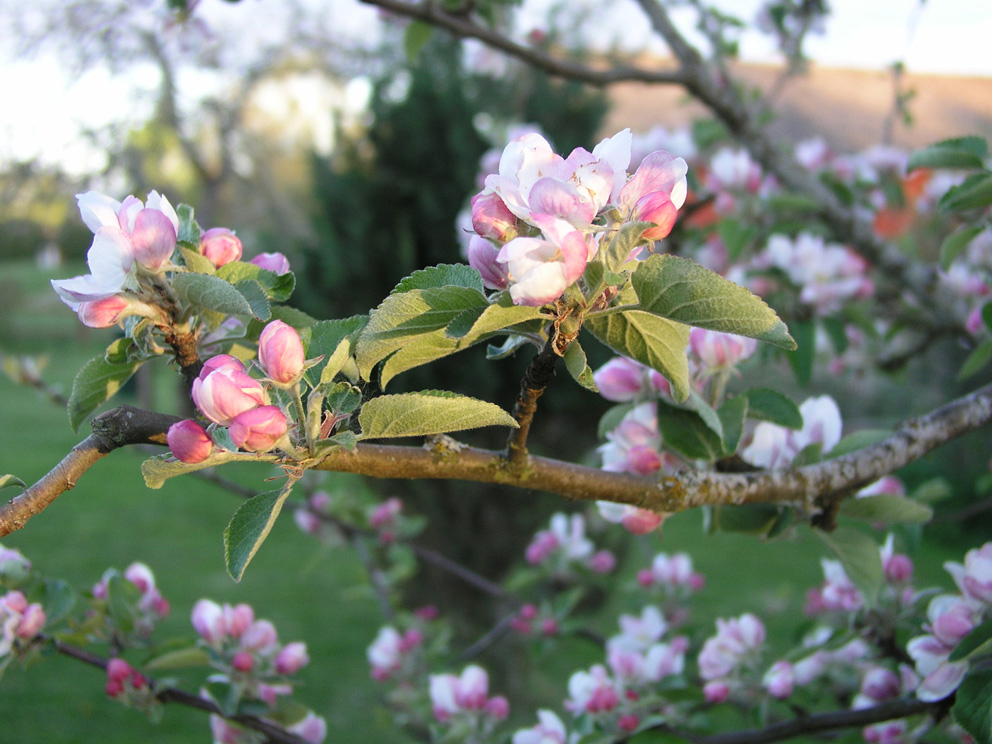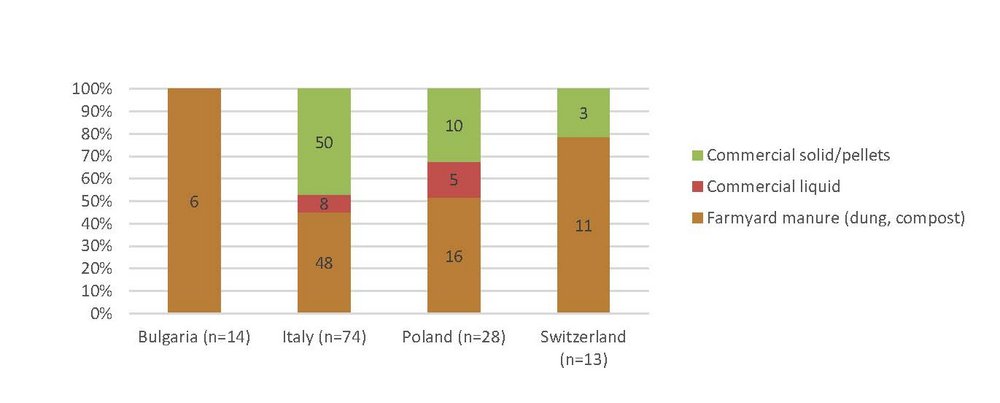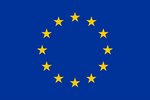In which areas are research needed within organic fruit producing farms in Europe?
Within the CORE Organic project DOMINO, a questionnaire-based survey was conducted to evaluate the current status in organic farming including the structure of the farm, biodiversity, fertilization, and areas with need for research. The results are used to draw conclusions for the development of the project

The aim of the project DOMINO is to demonstrate that innovative orchard management can enhance soil fertility, biodiversity and economic sustainability of intensive organic fruit orchards. However, to evaluate the current status of organic fruit (particularly apple) farms, a survey was conducted in Italy, Bulgaria, Poland and Switzerland, involving a total of 140 participants (farmers and agricultural advisors). The questionnaire aimed at collecting data about the farm structure, the major practices utilized and the needs for technical support. We are presenting here the most interesting results.
Big differences in types of farming
Considering the period of time the farmers are producing organically, Swiss farmers are those practicing it for the longest time (around 25 years on average), followed by Italy (around 15 years on average), while organic farming is quite new in Poland and Bulgaria (3 years on average).
The size and type of orchards differed quite widely from country to country. In Italy, the farm size is rather small, with an average size of around six hectares. Apple production represents about three quarters of the fruit producing area, and an average yield of 50 tons per hectare is attained (planting distance 3.0 x 0.9 m). Poland and Switzerland have a quite similar average farm size, but different production structures: around 20 hectares in Poland, used almost exclusively for fruit production, around 30 ha in Switzerland, with only about half of it used for fruit production (about ¾ dedicated to apple as in Italy) and the remaining used as grassland or for production of fodder or arable crops. In Bulgaria, the farm size is very heterogeneous and ranging from 0.4 to 100 hectares with a great share of walnut producers.
What about biodiversity elements?
Hedges and flower strips are two important biodiversity elements in the orchard as they offer food and habitat for beneficial insects or animals. However, hedges were more often present in the orchard compared to flower strips, but farms having hedges often have flower strips as well. Farms in Italy, Poland, and Switzerland have hedges in 76, 54 and 26 percent of the cases, respectively. Any Bulgarian farm resulted to have hedges. These are most of the time located outside the orchard as opposed to inside the orchard, and include a wide array of species: bushy types (bladder-senna, boxwood, elderberry, forsythia hop-hornbeam, ligustro, lilac, rosehip, sea buckthorn, shark roses) and tree types (acacia, ash, black alder, chestnut, dogwood, downy oaks, hazel, quaking aspen, white horn, wild cherry, wild figs, and willow). Flower strips are very common in Italy (71 percent of the farms), in Switzerland only one in five farmers is implementing this practice, and none or almost none are using it in Poland and in Bulgaria. Other biodiversity elements implemented in Italian and Swiss farms are nesting boxes, cairns and insect hotels. On the other hand, the concept of biodiversity is rather new in Bulgaria and Poland, and farmers in these countries are just starting to add biodiversity elements to their orchards.
How do they fertilize?
Regarding soil fertilization, around half of the farmers in Italy, Poland, and Switzerland are using a decision support system, with soil analyses being the main tool mentioned by farmers. Overall, only a limited number of fertilizers is used. In Bulgaria, Poland, and Switzerland farmers use mainly farmyard manure (dung, compost) as fertilizer, while in Italy commercial fertilizers are widely applied (Fig. 1). In case of the farmyard manure, most common are cattle dung (compost) in Italy, chicken dung in Poland and green compost in Switzerland (Fig. 2). Fertilizers are mostly applied in spring and/or fall, and usually only into the tree row. Another method to provide nutrients is through the use of legumes (e.g. clover, faba beans, peas, vetch) as intercrops in the orchard. However, only around 20 percent of farmers in Italy and Switzerland are using legumes as intercrop, and none in Poland and Bulgaria.
Plant health research most wanted
When asked about the needs for research activities in order to further develop organic orchards, the majority of participant farmers expressed a need for research activities related to plant health. A high number of respondents considered useful to search for methods to control the main diseases (e.g. apple scab, sooty blotch) and pests (e.g. codling moth, aphids, and invasive species such as stink bugs or Pseudococcus comstocki). Related to this was the request for new resistant varieties suited for organic farming as well as about knowledge on the “ecologization” of the orchard, for biological control of pests with beneficial insects, birds and animals. Always related to plant health, another area for research seen as important was the relationship between soil health and diseases. Finally, farmers asked for alternatives to the widely used copper and lime sulphur, and for new plant protection products including biological control products, or for an extension of the list of plant protection products allowed for organic farming. Interestingly, considering the variety palette, an early apple variety with good storability was also among the priorities. New solutions for the tree strip management and weed control, citing either with undergrowth grazing or new machines for mechanical weed control as possible solutions, were also suggested to be addressed. However, the emphasis from several respondents was to not forget the economic viability of any new proposed technical solution.
The outcome of the survey was confirming that the practices addressed by DOMINO are matching several requested areas for new research, particularly the new management strategies for the tree strip, the improvement of the nutrient balance with new regional available fertilizers or legume intercropping, the reduction of diseases and pests incidence by weather protection systems, all performing an economic evaluation of the proposed strategies.
Figure 1) Type of fertilizer used by farmers per country. Values in brackets indicate the number of answers; values within the column indicate the number of mentions per category (multiple mentions possible):

Figure 2) Type of farmyard manure used by farmers per country. Values in brackets indicate the number of answers; values within the column indicate the number of mentions per category (multiple mentions possible):
Editor: Karin Ullven / Design: Christine Dilling
